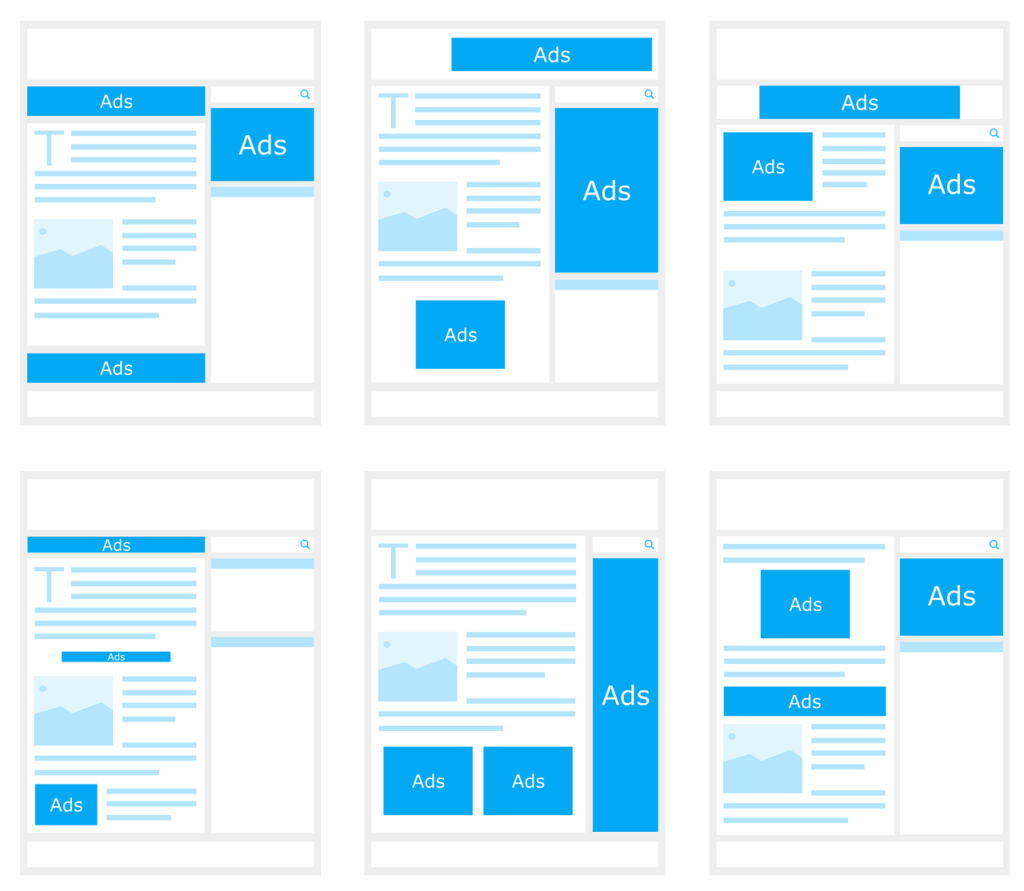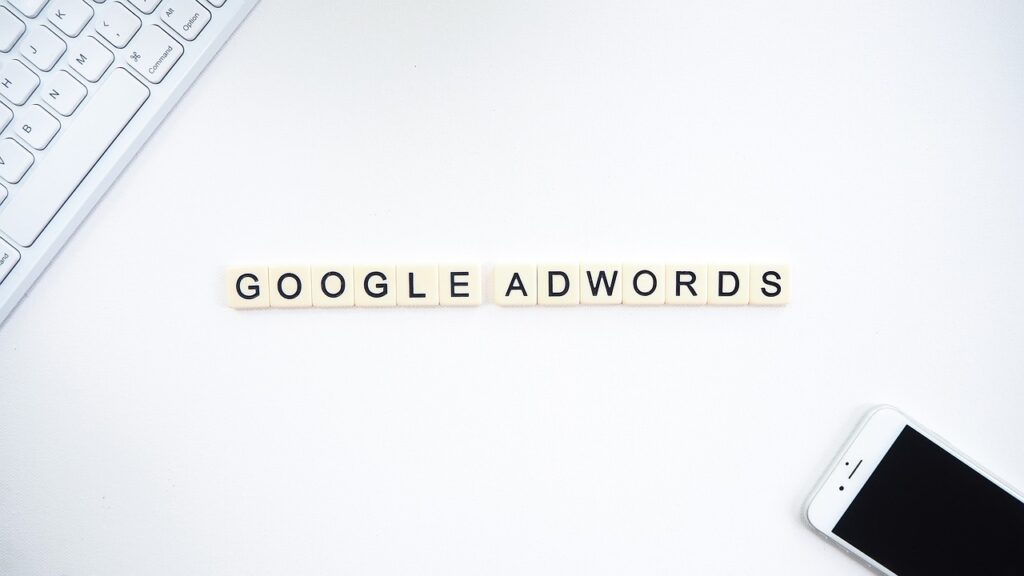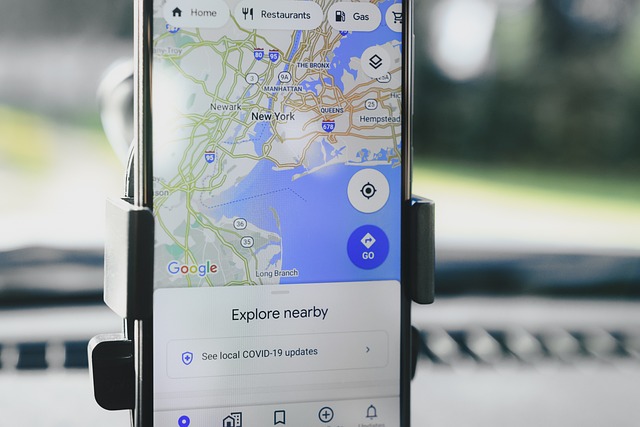In today’s fast-paced digital landscape, having a strong online presence is crucial for business success. Google Ads, Google’s paid advertising platform, offers businesses a powerful way to reach their target audience, drive traffic, and boost conversions. In this blog, we’ll delve into Google Ads, covering its features, types, benefits, bidding strategies, and essential tips for success.

What is Google Ads?
Google Ads (formerly Google AdWords) is a pay-per-click (PPC) advertising platform that allows businesses to create ads that appear on Google’s search engine results pages (SERPs) and across its network, including YouTube, Google Play, and other partner sites. Advertisers bid on keywords relevant to their target audience, and when users search for these keywords, Google displays the highest-ranked ads in search results or on its network.
Why Choose Google Ads?
Google Ads is an essential tool for online marketing due to its:
- High Reach: Google handles over 5 billion searches per day, allowing access to a vast potential audience.
- Targeting Capabilities: Advertisers can target users based on demographics, location, device, and interests.
- Performance Tracking: Google Ads provides detailed metrics on clicks, conversions, and ROI, enabling data-driven decisions.
- Scalability: Ads can be adjusted to fit any budget, making Google Ads accessible to both small businesses and large enterprises.
Types of Google Ads

There are different types of google ads that plays a different role , in order to run any ads you must have knowledge of these ads so that it can align best with your goal
Search Ads: These are text-based ads that appear on Google’s SERPs when users search for specific keywords. Search ads are highly effective for capturing intent-driven traffic as users are actively looking for related products or services.
Display Ads: Display ads are image, video, and banner ads shown across the Google Display Network, which includes millions of websites and apps. These ads help build brand awareness and are ideal for reaching a broader audience.
Shopping Ads: These are product-based ads that appear in Google Shopping and on SERPs for product-related searches. Shopping ads feature images, prices, and product details, making them effective for e-commerce businesses looking to drive product sales.
Video Ads: Video ads appear on YouTube and across Google’s video partner sites. These ads are engaging and great for storytelling or demonstrating product benefits.
App Promotion Ads: These display ads are across Google’s systems, including Google search, Display, and even YouTube, mainly for the installs of mobile application downloads.
Local Services Ads : Targeting localized businesses, these offer users the access to find those service providers by location, fitting for service related businesses.
Some Essential Components Of A Google Adwords Campaign:
Key Elements of a Google Ads Campaign

Creating an effective Google Ads campaign involves understanding the structure and the elements of each campaign:
- Campaigns: The broadest level, where you define your advertising objective (e.g., sales, leads, or brand awareness) and set an overall budget.
- Ad Groups: Each campaign can have multiple ad groups focused on a set of keywords or products. Ad groups help organize ads and target audiences based on similar themes.
- Keywords: Keywords are the words and phrases that trigger ads when users search for them. The choice of keywords directly impacts the relevance and effectiveness of ads.
- Ad Copy: Compelling ad copy is essential for attracting clicks. Ad copy typically includes headlines, descriptions, and call-to-action (CTA) phrases that encourage users to take action.
- Landing Page: The landing page is where users are directed after clicking on the ad. The page should be optimized for conversions, relevant to the ad, and aligned with the user’s intent.
Google Ads Bidding Strategies

Bidding is crucial in determining ad placement and cost. Google offers several bidding strategies:
- Cost-Per-Click (CPC): The most common bidding method where you pay each time someone clicks on your ad. CPC can be either manual (you set the bid) or automated (Google optimizes bids based on campaign goals).
- Cost-Per-Thousand Impressions (CPM): CPM bidding is used for display ads and video ads. You pay for every 1,000 impressions, making it suitable for brand awareness campaigns.
- Cost-Per-Action (CPA): CPA bidding lets you pay only when users complete a desired action, like a purchase or form submission. This is beneficial for conversion-focused campaigns.
- Maximize Conversions: Google’s automated bidding strategy aims to generate the highest possible conversions within your budget. It’s ideal for campaigns with a conversion tracking system in place.
- Maximize Clicks: This automated strategy focuses on getting as many clicks as possible within your budget, helpful for driving high traffic to your site.
- Target Return on Ad Spend (ROAS): This strategy aims to achieve a specific ROAS, where Google optimizes bids based on the return expected from ad spend.
Targeting Options in Google Ads

Google Ads provides robust targeting options to help reach the right audience:
- Demographics: Target users based on age, gender, parental status, and household income.
- Location: Set ads to display in specific geographic areas, from countries to ZIP codes.
- Device Targeting: Choose to show ads on desktops, mobile phones, or tablets.
- Audience Segments: Google offers predefined segments based on users’ interests and behaviors, including affinity audiences (for long-term interests) and in-market audiences (users actively researching products or services).
- Remarketing: Reach users who have previously interacted with your website or app, keeping your brand top-of-mind and encouraging them to return and convert.
- Keyword Targeting: Use keywords to ensure ads appear for specific search terms, allowing more relevant placements.
Optimizing Google Ads for Success

A successful Google Ads campaign requires regular optimization. Here are key tips to ensure you get the best return on investment (ROI):
- Conduct Keyword Research: Using tools like Google Keyword Planner, identify high-traffic, low-competition keywords that match user intent and are relevant to your offerings.
- Write Compelling Ad Copy: Use action-oriented language and clearly highlight benefits. Include strong CTAs that align with your campaign goals, whether it’s “Shop Now,” “Learn More,” or “Get a Free Quote.”
- Optimize Landing Pages: Ensure that the landing page is user-friendly, fast, and relevant to the ad copy. A seamless landing page experience improves conversions and lowers bounce rates.
- Use Negative Keywords: Negative keywords prevent ads from showing for irrelevant searches, helping to reduce wasted spend and improve ad relevance.
- A/B Test Ads: Run multiple versions of ads to test different headlines, descriptions, and CTAs. Monitor performance to understand which ad copies resonate best with the audience.
- Monitor Quality Score: Google assigns a Quality Score to ads based on their relevance, expected CTR, and landing page experience. Higher scores lead to better ad placements and lower CPCs.
- Leverage Ad Extensions: Ad extensions, like sitelinks, callouts, and location extensions, provide extra information and make ads more appealing, improving CTR.
- Track Conversions: Set up conversion tracking to measure actions such as form submissions, purchases, and calls. Tracking allows for data-driven decisions and performance evaluation.
- Adjust Bids Based on Performance: Regularly review and adjust bids based on device performance, geographic location, and audience segment to maximize your campaign’s impact.
- Analyze and Adapt: Use Google Ads’ reports and analytics tools to monitor KPIs, such as CTR, conversion rate, and ROAS. Adapt campaigns based on data insights to continuously improve performance.
Common Google Ads Mistakes to Avoid
To get the best results from Google Ads, it’s essential to avoid these common pitfalls:
- Negative Keywords Neglecting: The lack of negative keywords could result in wasting money on irrelevant clicks.
- Conversion Tracking Overlooked: There is no way to gauge ROI accurately or know which of the campaigns are effective without monitoring.
- Restricting Oneself to Broad Match Keywords: Broad match keywords can bring in unwanted traffic, it would be better to consider using phrase match or exact match keywords.
- Forgetting to Rotate Ads: Sticking with a single ad for long might cause ad wear out. Every now and then switch up the ads you run to keep your audience engaged.
- Setting It and Forgetting It: A Google advertisement requires constant supervision. Failure to do so will lead to losing optimization opportunities.
- Not Harnessing the Power of Remarketing: Remarketing is significantly useful in capturing the interest of customers who have previously shown interest in your brand since you want to get such consumers.
Google Ads Analytics and Reporting
Google Ads offers powerful reporting tools to measure performance:
- Overview Dashboard: Access a short overview of most important parameters, such as: clicks, impressions, CTR, conversions, and cost-per-conversion.
- Campaign Performance Reports: These help determine the most effective campaigns, which allows reallocating a budget.
- Keyword Reports: Evaluate the efficiency of the keywords to figure out which ones are the most profitable in terms of driving traffic.
- Audience Insights: Complex picture of user’s characteristics and interests of those who interact with your advertising.
- Conversion Reports: Monitor the actions of users on the website and analyze which advertisements convert the most.
Conclusion
Google Ads is a versatile and powerful advertising platform that, when used effectively, can drive significant traffic, leads, and sales. From setting up ad campaigns to optimizing for performance and tracking metrics, mastering Google Ads requires
time, dedication, and regular refinement. By following best practices, leveraging targeting options, and continuously analyzing results, businesses can maximize their ad budget and achieve meaningful growth in the competitive digital landscape.






Leave a Reply